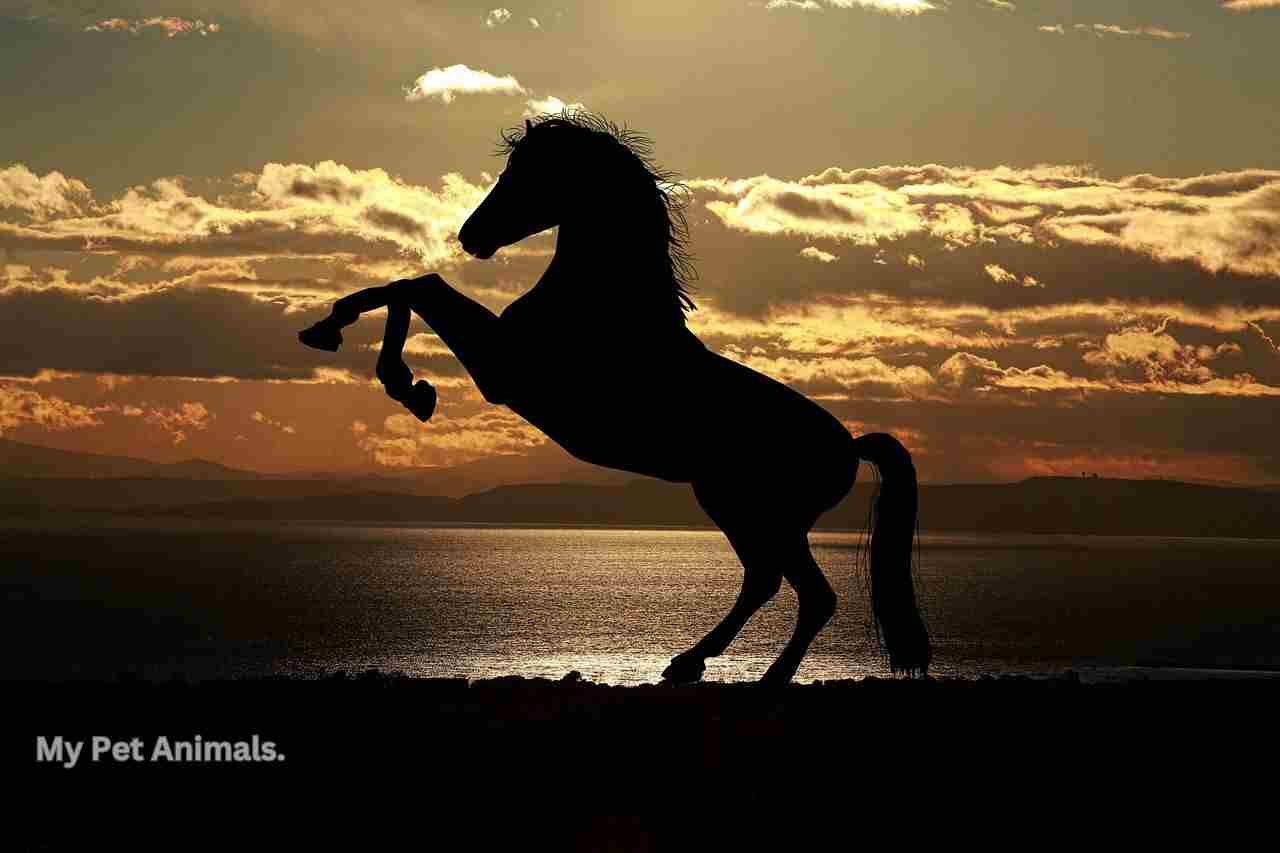Are Sloths Dangerous? Sloths are famous for being slow and cute, but is there more to them than we think? Many people ask, Are sloths dangerous to humans? Sloths are usually peaceful animals and do not attack humans. However, if they feel scared, they might use their sharp claws to protect themselves.
In this article, we will look at whether sloths can be dangerous to humans and what makes them unique. You will learn about their sharp claws, their slow movements, and any risks they might pose. We will also give you simple tips on how to safely enjoy them in the wild or at a sanctuary, keeping both you and the sloths safe.
By the end, you will better understand these amazing animals and how to appreciate them from a safe distance. Whether you love sloths or are just curious, this guide will help you enjoy these gentle creatures while respecting their space and behavior.
Meet the Sloth: Understanding the Creature
What is a sloth?
A sloth is a slow-moving animal that lives high up in the trees of rainforests. Sloths are known for being relaxed and moving very slowly. They move so slowly that it sometimes looks like they are not moving at all! This slow movement helps them save energy because they mostly eat leaves, which do not give them much energy.
Sloths live in trees, which means they spend almost all their time hanging upside down from branches. They use their long claws to hold on to the trees, which helps keep them safe from animals that might want to eat them. Sloths eat, sleep, and even have babies while hanging in the trees.
There are two main types of sloths two-toed sloths (Choloepus) and three-toed sloths (Bradypus). The difference is in their claws—two-toed sloths have two claws on each front leg, while three-toed sloths have three claws. Even though they have different names, both types of sloths are known for moving slowly and living peacefully in the trees.[Are Sloths Dangerous?]
Physical features of sloth

Sloths have special body features that help them live in the trees. One of their most important traits is their long, sharp claws. These claws are not just for climbing; they help sloths hold onto tree branches, even while they sleep! Their claws are strong enough to keep them from falling, and they can stay attached to branches for hours or even days without trying hard.
Another interesting thing about sloths is their strong grip. Even though they move slowly, sloths can hold on tightly to tree branches. This grip helps them stay safe in the trees and away from animals that might want to eat them. It also allows them to sleep comfortably while hanging upside down!
Sloths have small, sharp teeth too. They don’t usually bite, but they might if they feel scared or threatened. If a sloth is provoked or feels in danger, it could use its teeth to protect itself. However, sloths are usually peaceful animals and prefer to avoid fights. So, it’s best to admire them from a distance and not disturb them.
Do Sloths Attack Humans?
Sloths are not known to attack humans unless they feel really scared. Sloths are naturally shy and not aggressive animals. These peaceful animals prefer to stay hidden and avoid contact with humans whenever they can. They live in the treetops, and if they feel scared, they usually just move away or hide instead of fighting.
In fact, sloths are so relaxed that they often sleep or hang out in the same tree for a long time, only moving when they need to. They do not try to interact with people and would rather go unnoticed.
If you see a sloth in the wild, it’s best to give them space and let them go about their day without bothering them. This way, both you and the sloth can stay safe and enjoy being near each other from a distance.
Situations where sloths might attack
Sloths are very calm and peaceful, but there are some times when they might act in defense. If a sloth feels threatened or trapped, it might use its claws or teeth to defend itself. This can happen if it feels like it cannot escape.
Another time a sloth might become defensive is if it is touched or disturbed in the wild. Sloths do not like being touched or moved by people. They prefer to stay in their trees and live quietly. If someone tries to touch or hold them, they might feel scared and use their claws to protect themselves.
To keep both you and the sloth safe, it’s best to always watch them from a distance and never try to touch or bother them. By respecting their space, you can enjoy seeing these beautiful animals without making them stressed.[Are Sloths Dangerous?]
How Can Sloths Be Dangerous?

Sharp Claws
Sloths have sharp claws that help them climb trees and hold onto branches. These claws are strong, but if a sloth feels scared, it might use them to protect itself. Even though sloths are peaceful, they could accidentally scratch someone if they feel threatened or trapped. To stay safe, always watch sloths from a distance and do not try to touch them.
bites
Sloths have small but sharp teeth. They don’t usually bite, but they might if they feel scared or threatened. Their bite isn’t very strong, but it can still hurt a little. It’s important to remember that sloths can have bacteria in their mouths, which could cause an infection if they bite you. To stay safe, it’s best to keep your distance and never try to touch or bother a sloth.
Diseases
Sloths, like many wild animals, can carry diseases or parasites, but it is rare for them to pass these on to humans. They might have bacteria or fungi in their fur, which can cause infections if touched.
It’s important to remember that sloths are best admired from a distance. By respecting their space, you help reduce the risk of spreading or catching any diseases. Always wash your hands if you have been around animals, even if they seem harmless!
Human Error
Mishandling or stressing a sloth can increase risks for humans. If sloths feel scared or trapped, they might use their claws or teeth to protect themselves.
Making loud noises, trying to touch them, or bothering them in their natural home can make them act defensively. This can lead to scratches, bites, or even the chance of getting sick. To keep both you and the sloth safe,
Are Sloth Encounters Safe? Tips for Humans

Sloth encounters can be safe and enjoyable if you follow some simple tips. Sloths are gentle animals that prefer to stay away from humans, so it’s important to respect their space. Here is how to stay safe and enjoy these amazing creatures:
Keep Your Distance: Sloths do not like being touched or held. Always admire them from far away so they feel relaxed and safe.
Stay Quiet and Calm: Loud noises or sudden movements can scare sloths. Stay calm and speak softly if you need to talk.
Don’t Interrupt Their Routine: Sloths enjoy their slow, peaceful life in the trees. Never try to disturb them by getting too close or trying to move them.
Respect Their Environment: If you see a sloth in the wild, enjoy watching it from a distance without interfering. Let them live naturally and peacefully in their homes.
Listen to the Experts: If you visit a sloth sanctuary, always follow the staff’s advice. They know how to safely interact with sloths and can guide you on the best way to observe them.
Fun Facts About Sloths
Here are 20 fun facts about sloths in this table:
| Sloth Fun Fact | Details |
|---|---|
| 1. Sloths are super slow! | They move only about 0.03 miles per hour. |
| 2. They sleep a lot! | Sloths can sleep up to 20 hours a day. |
| 3. They are great swimmers! | Sloths can hold their breath for up to 40 minutes while swimming. |
| 4. Sloths spend almost all their time in trees. | They live in the treetops of rainforests. |
| 5. They have long claws. | Sloths use their claws to cling to tree branches. |
| 6. There are two types of sloths. | Two-toed and three-toed sloths are the main types. |
| 7. Sloths have a low metabolism. | They move slowly because their food gives them little energy. |
| 8. Sloths only eat leaves. | Their diet mainly consists of leaves, which are hard to digest. |
| 9. Their fur is home to tiny creatures. | Sloths often have algae, insects, and moths living in their fur. |
| 10. They are excellent at blending in. | Their slow movement and fur help them camouflage in trees. |
| 11. Sloths don’t come down from trees often. | They usually stay in the trees and only come down once a week to go to the bathroom. |
| 12. Sloths have small eyes. | Their eyes are small, but they have a good sense of smell and hearing. |
| 13. They have a slow digestive system. | It takes a sloth up to a month to digest a single meal. |
| 14. Sloths are not good at walking. | They move awkwardly on the ground and prefer climbing. |
| 15. Sloths can be left-handed or right-handed. | They may favor one arm over the other, just like humans! |
| 16. They have a low body temperature. | Sloths have a body temperature of about 30°C (86°F), which is lower than most mammals. |
| 17. Sloths are not aggressive. | They are very shy and avoid contact with humans when possible. |
| 18. Their claws can be dangerous. | Although sloths are peaceful, their sharp claws can injure if they feel threatened. |
| 19. Sloths have small, sharp teeth. | They use their teeth to chew leaves but rarely bite unless threatened. |
| 20. Sloths are ancient animals. | Sloths have been around for over 50 million years! |

Conclusion: Are Sloths Dangerous to Humans?
Sloths are peaceful animals and are not aggressive. They are usually calm and prefer to avoid humans. However, if they feel scared or threatened, they might defend themselves. It’s important to respect these animals and give them space to avoid any risks.
Sloths are amazing creatures with their slow movements and gentle nature. They are truly fascinating to watch, but it’s always best to admire them from a distance, where they feel safe and comfortable.
Frequently Asked Questions
1. Why do sloths move so slowly?
Sloths move slowly to conserve energy and avoid predators. Their diet of leaves gives them little energy, so they have to move carefully and deliberately.
2. How long do sloths sleep?
Sloths sleep up to 20 hours a day, often hanging upside down in the trees.
3. Can sloths swim?
Yes, sloths are excellent swimmers. They can hold their breath for up to 40 minutes underwater.
4. Are sloths dangerous to humans?
Sloths are generally peaceful and not dangerous. They may use their claws or bite if they feel threatened, but such incidents are rare.
5. Do sloths ever bite humans?
Sloths rarely bite, but they may if they feel scared or cornered. Their bite could lead to pain or infection.
6. Do sloths ever get aggressive?
Sloths are not naturally aggressive, but they can show aggression if they feel trapped or threatened. Their claws and bites are their defense mechanisms.
7. Are sloths aggressive to people?
Sloths are generally not aggressive to people and are known for their calm and slow nature.
8. Do sloths attack humans?
Sloths usually don’t attack humans. They are calm animals and prefer to avoid people.



